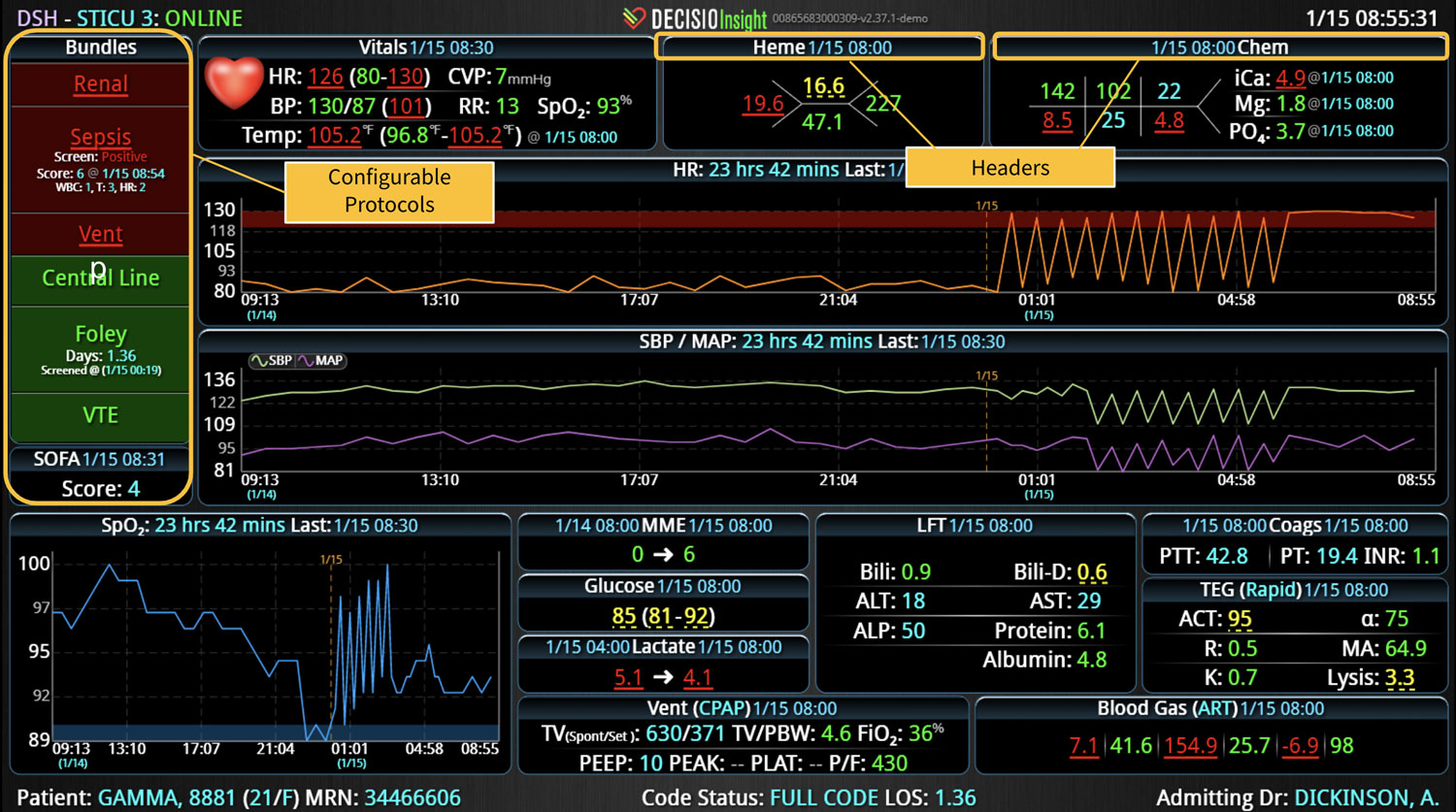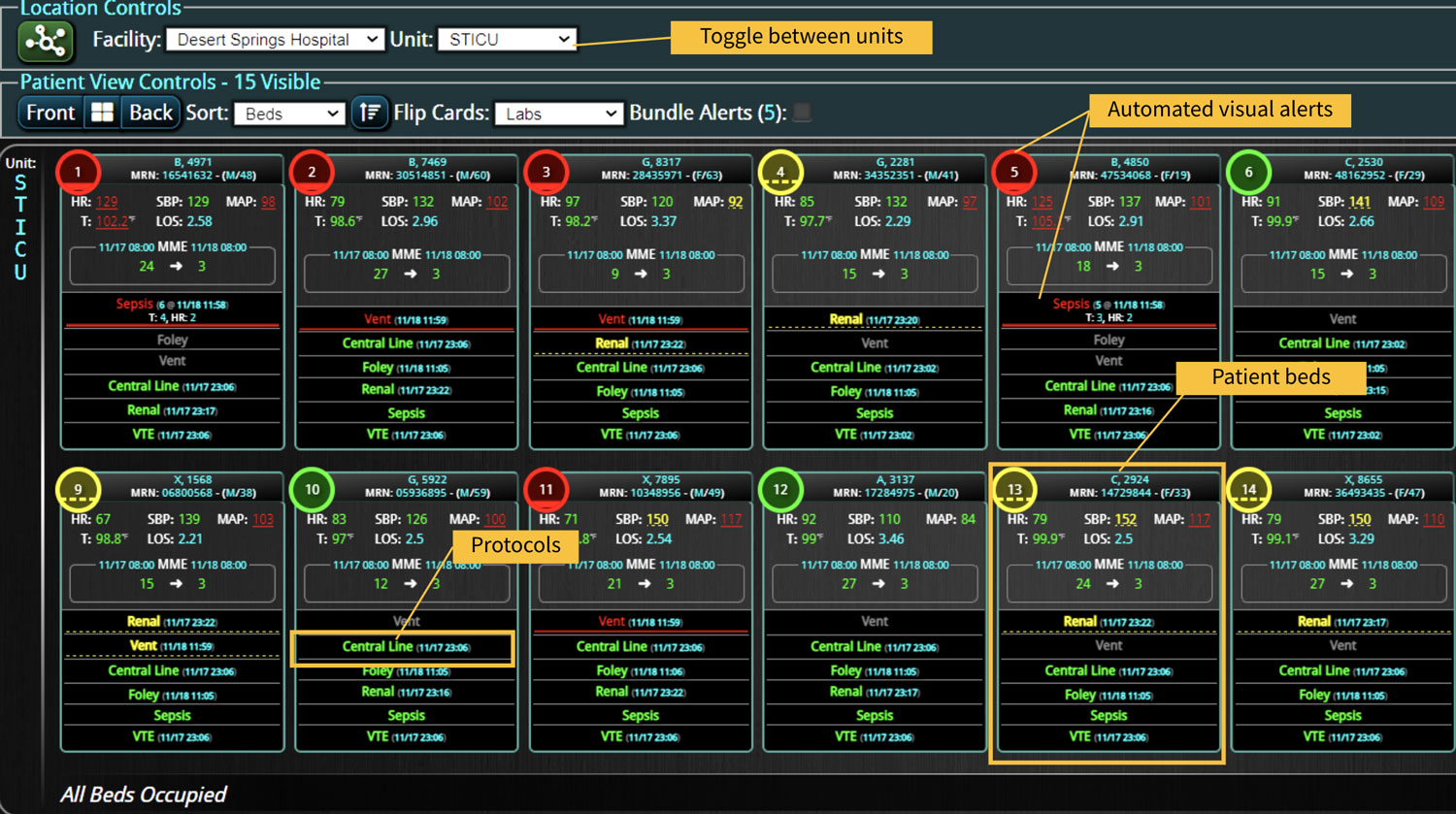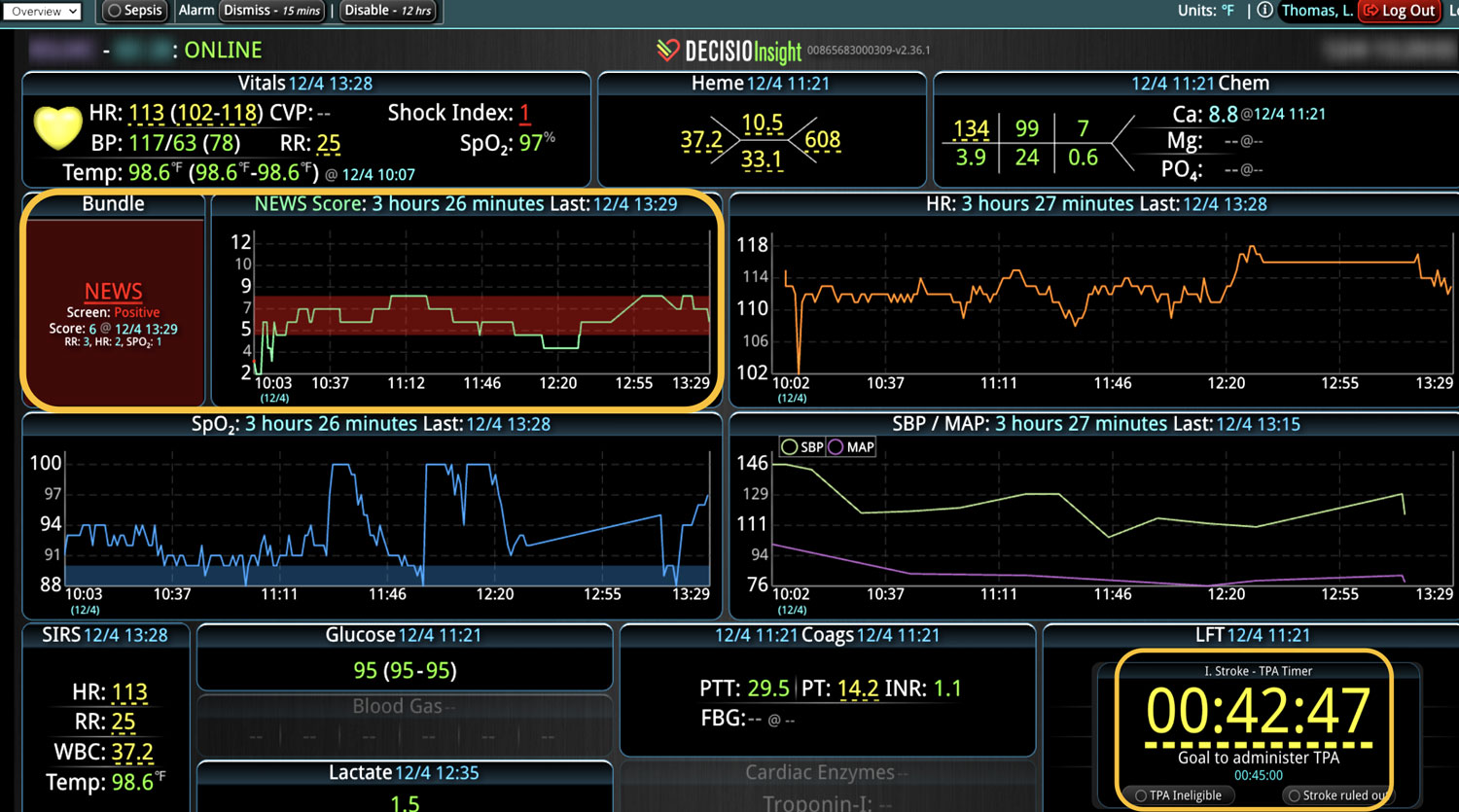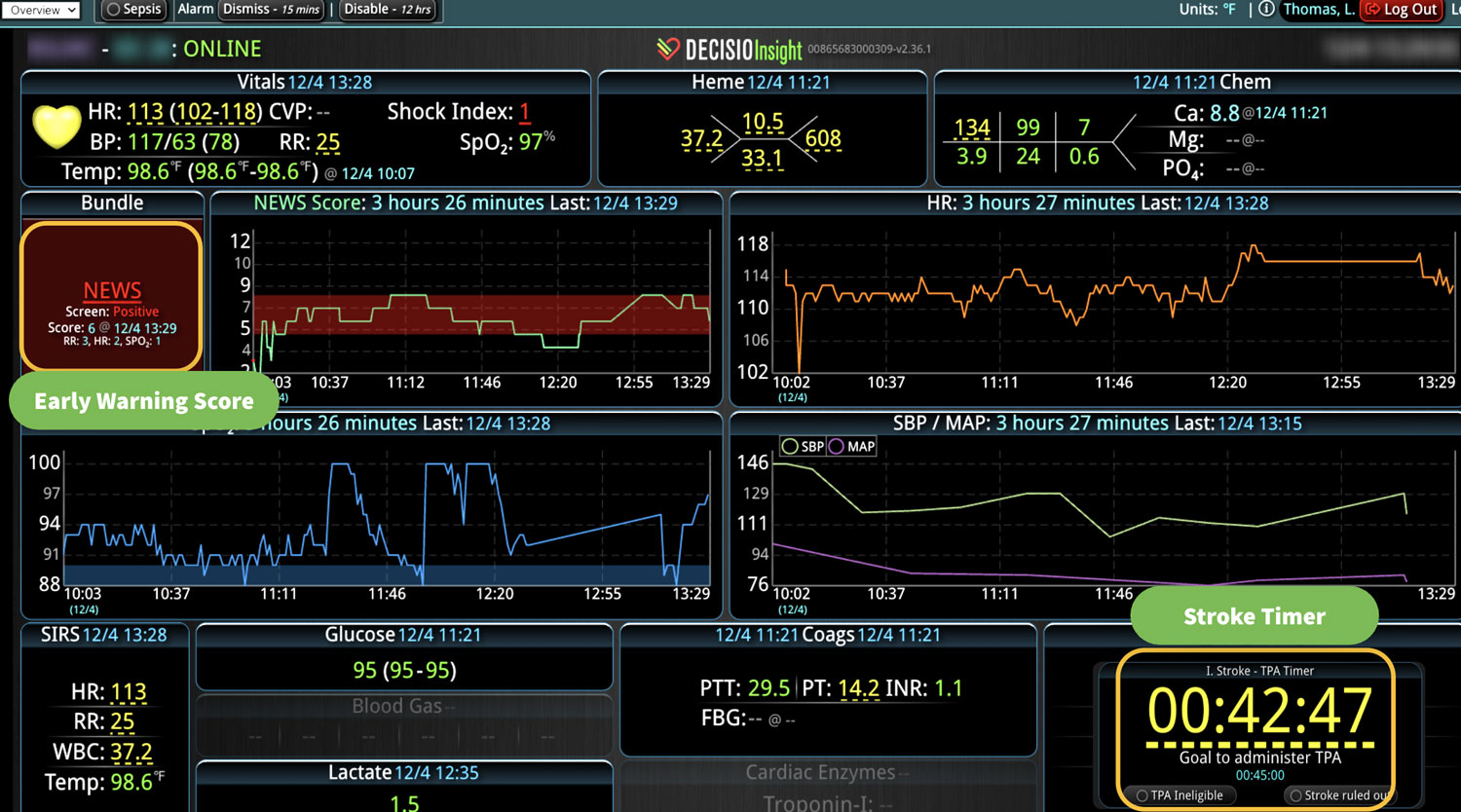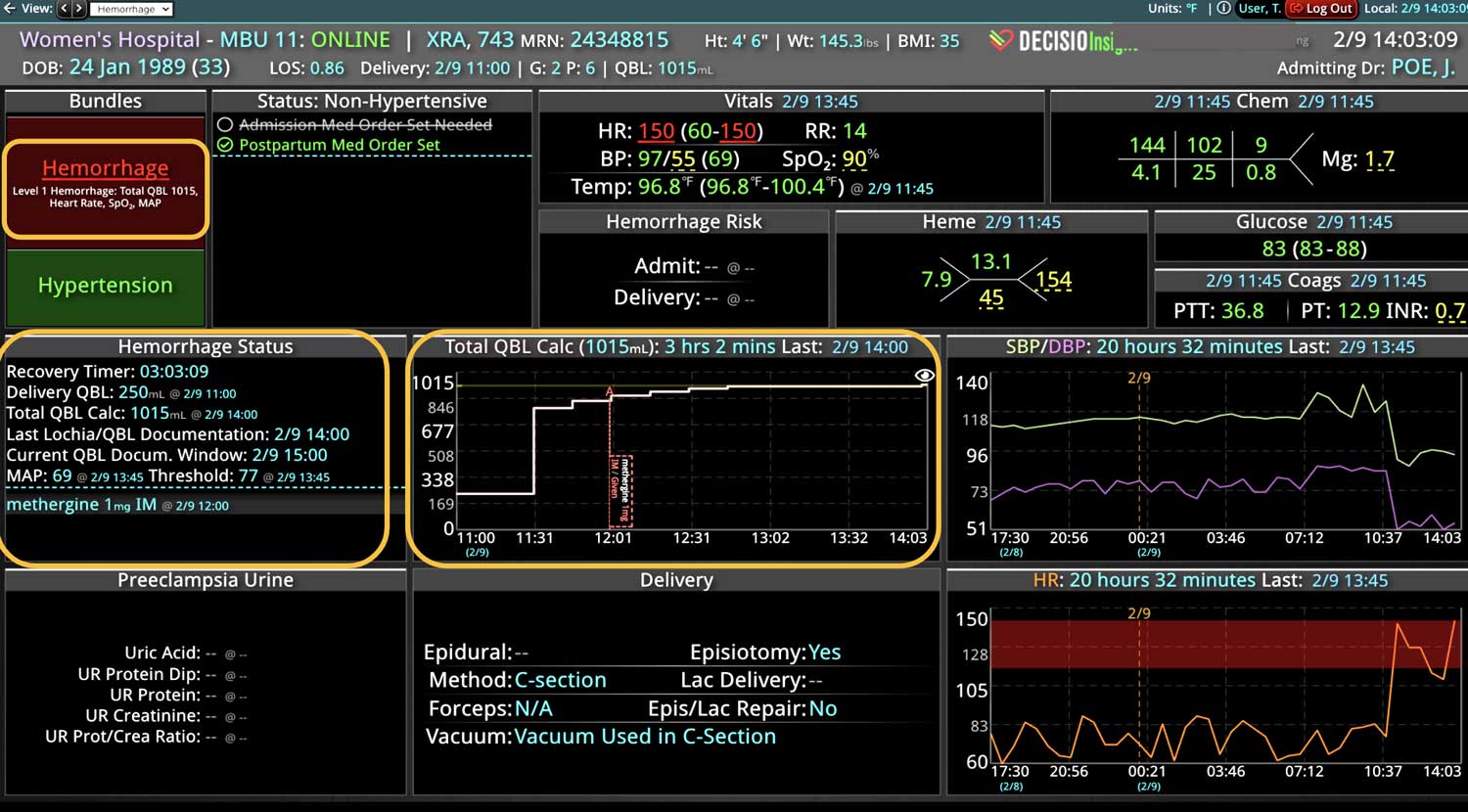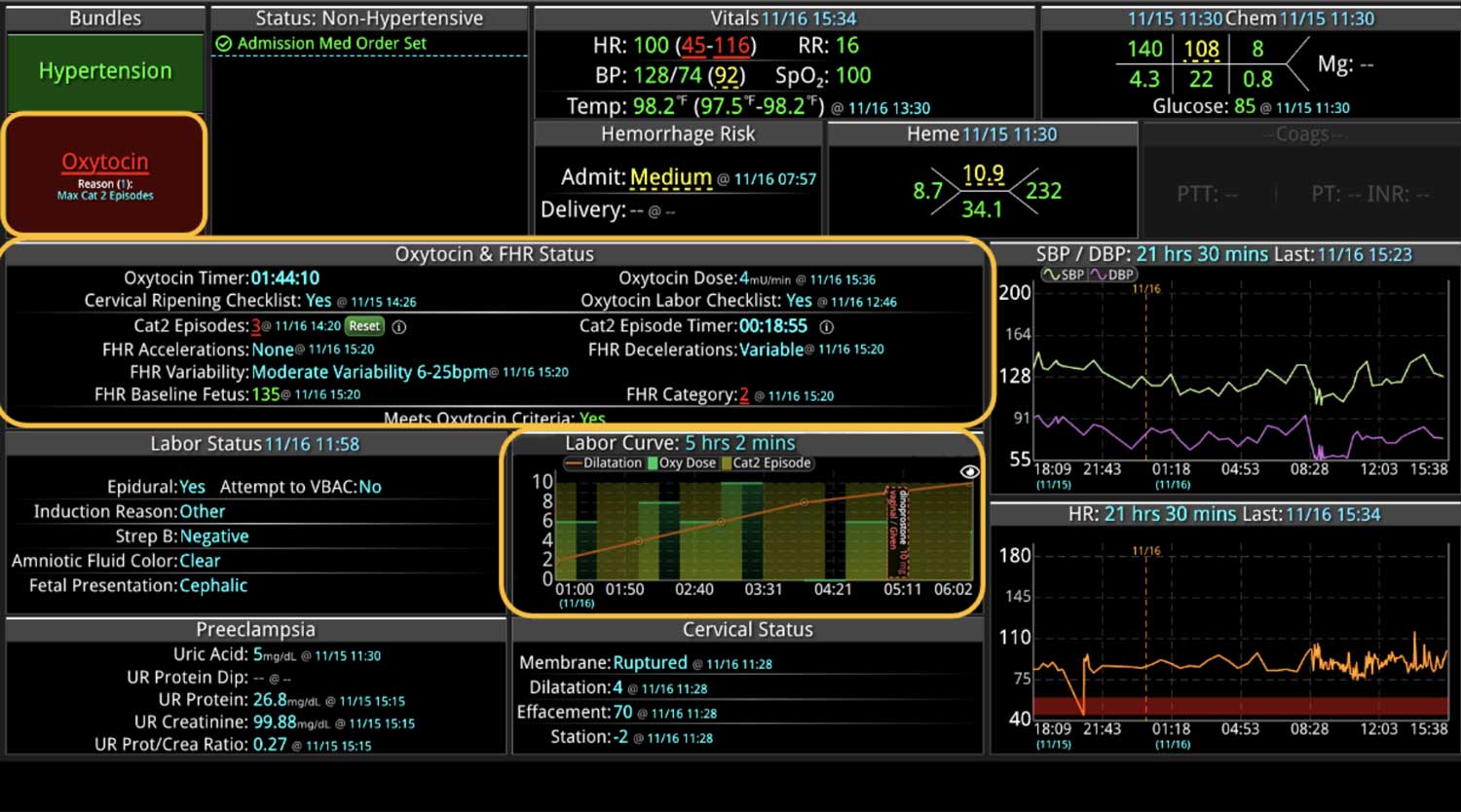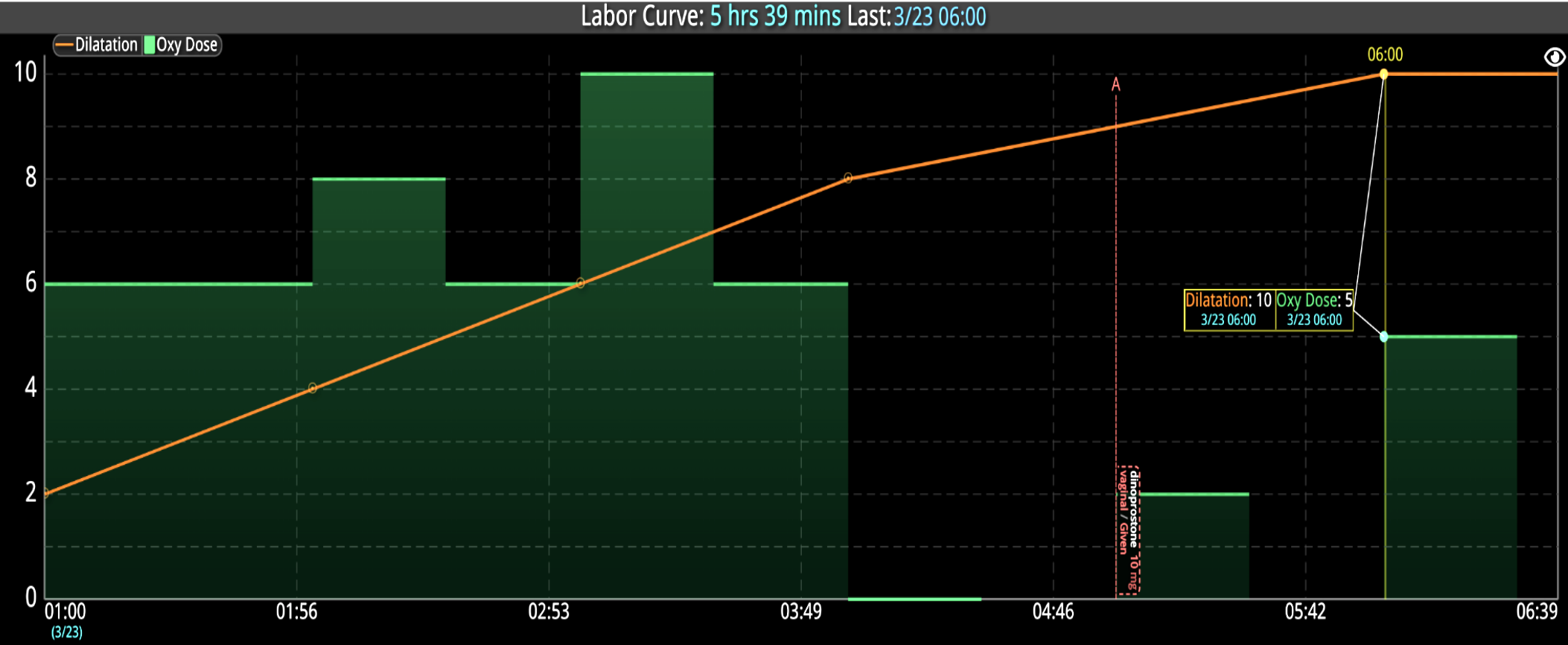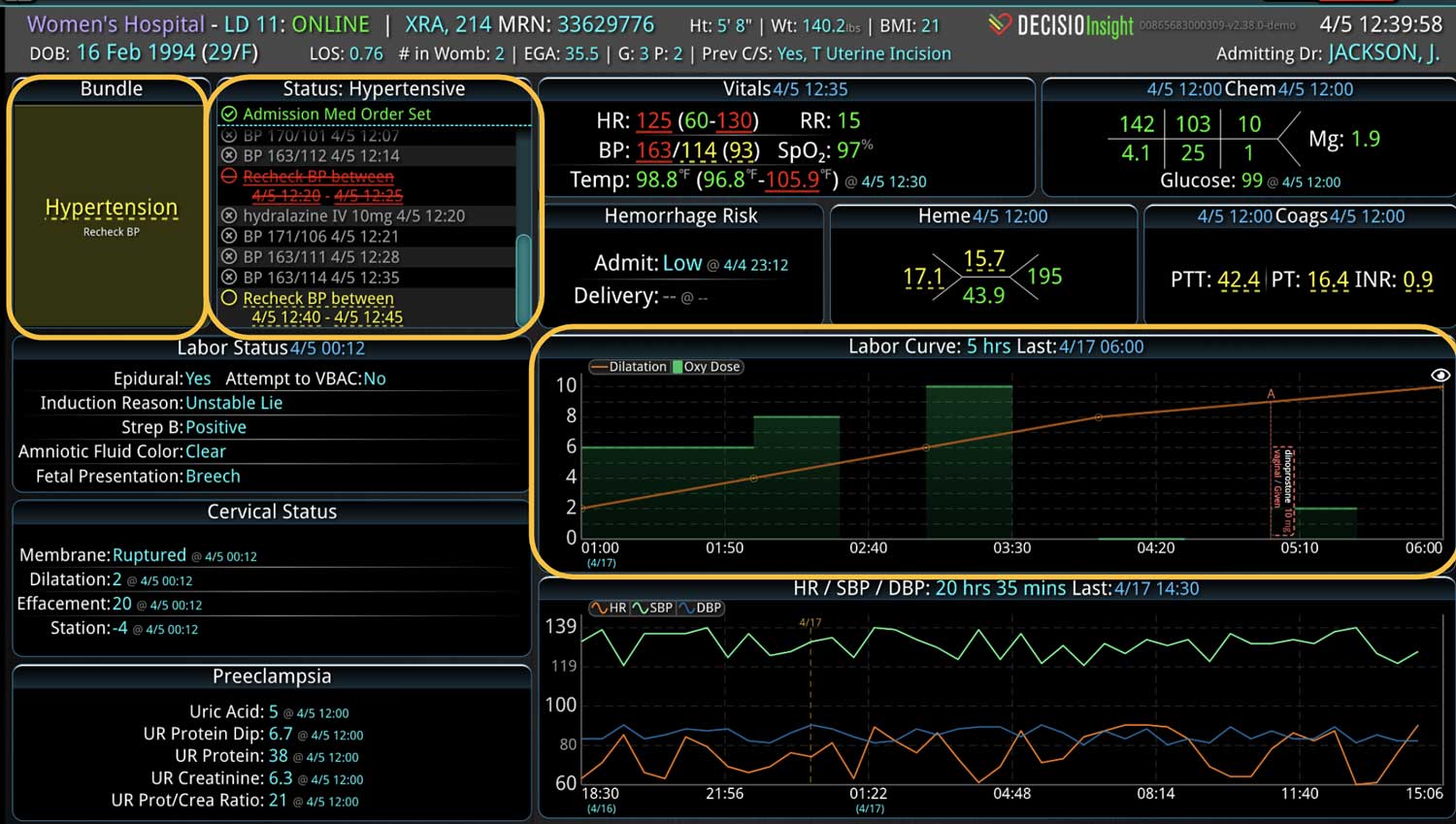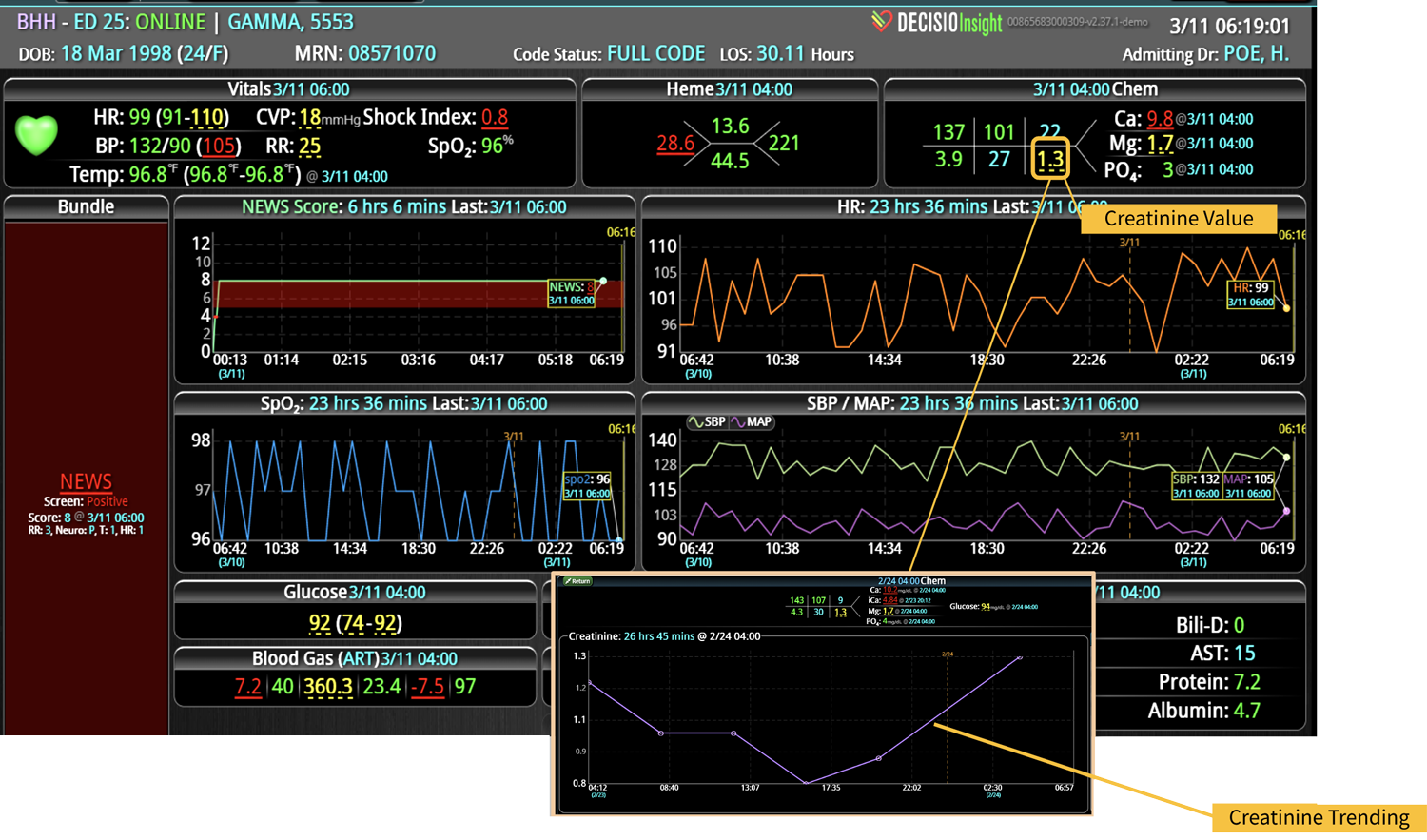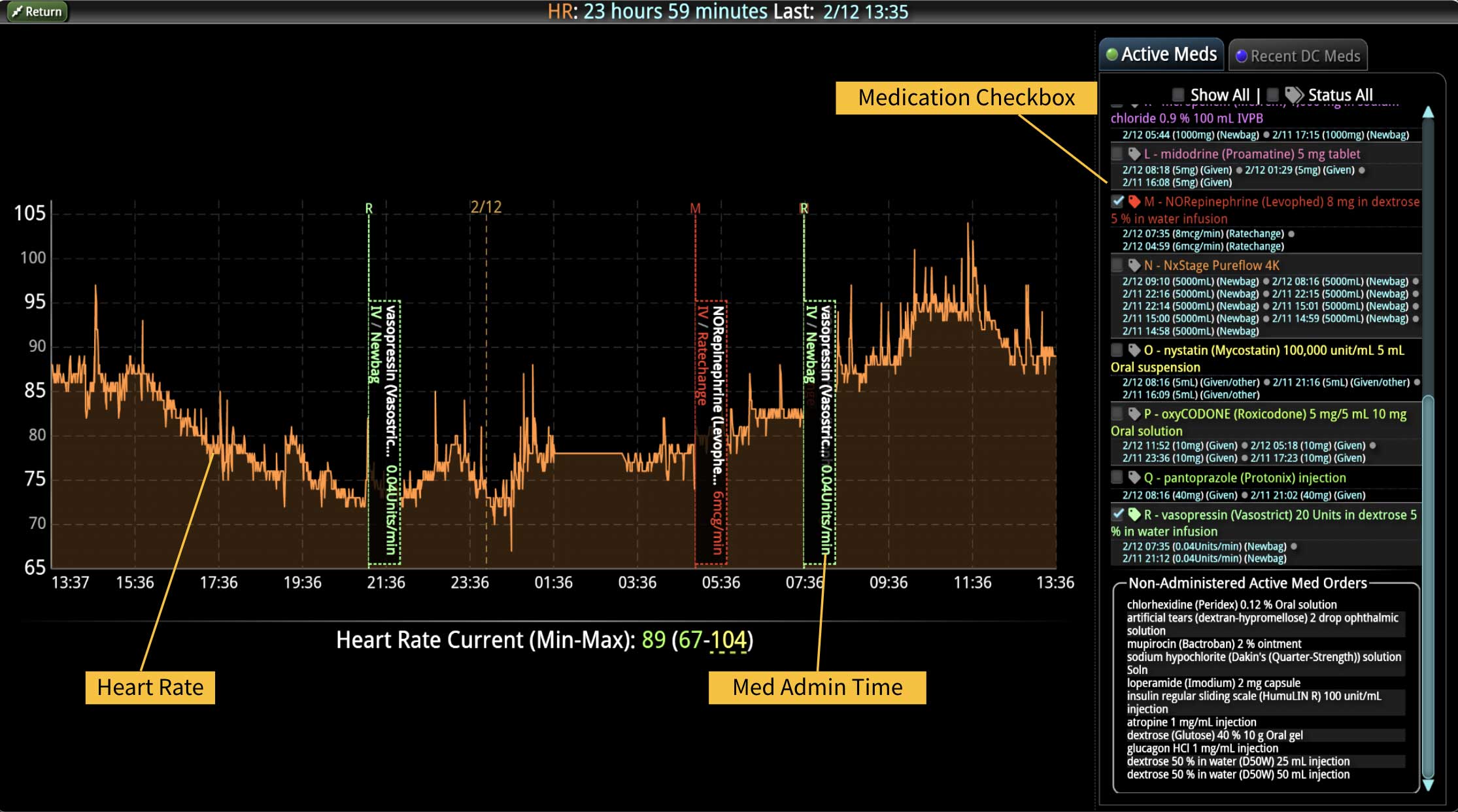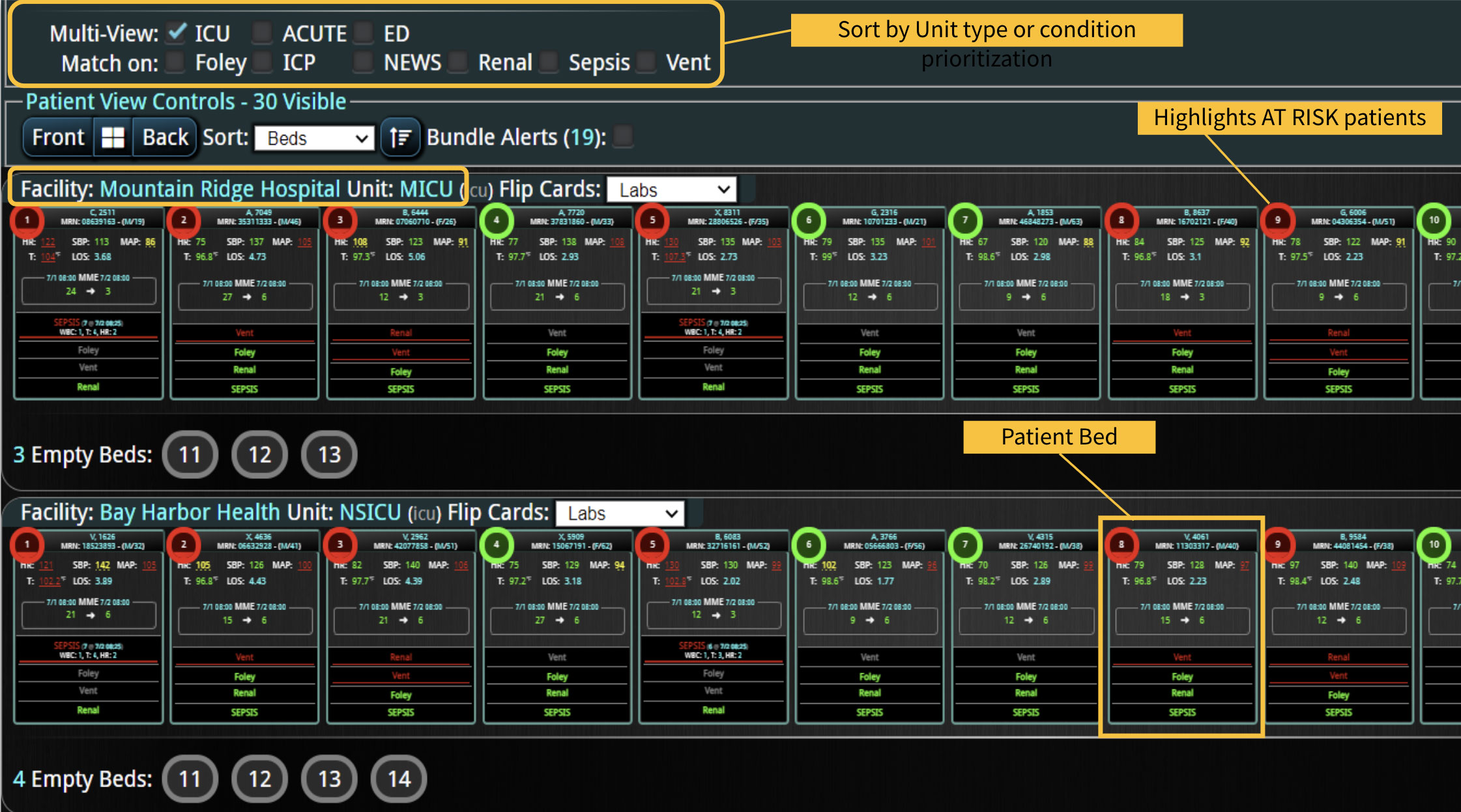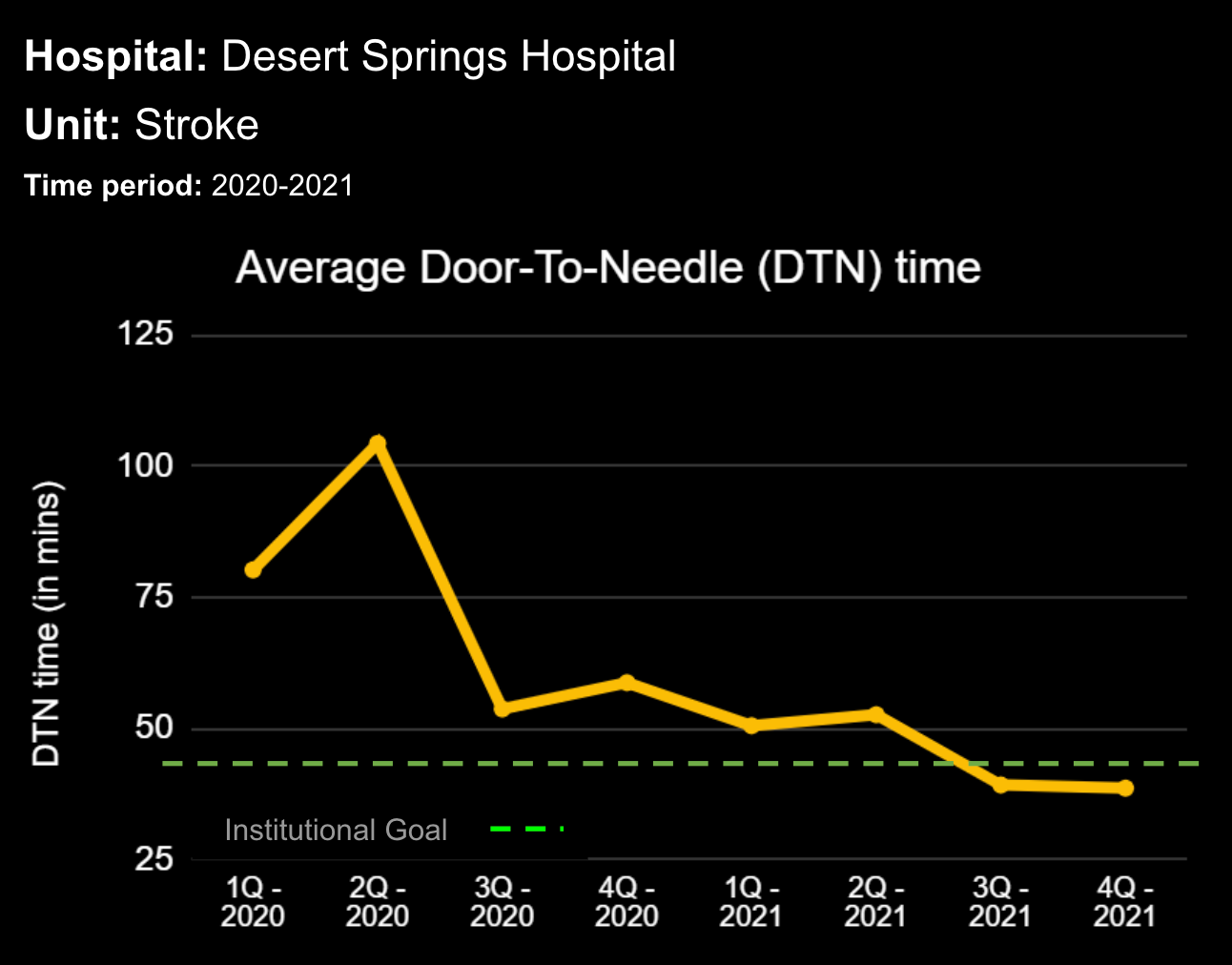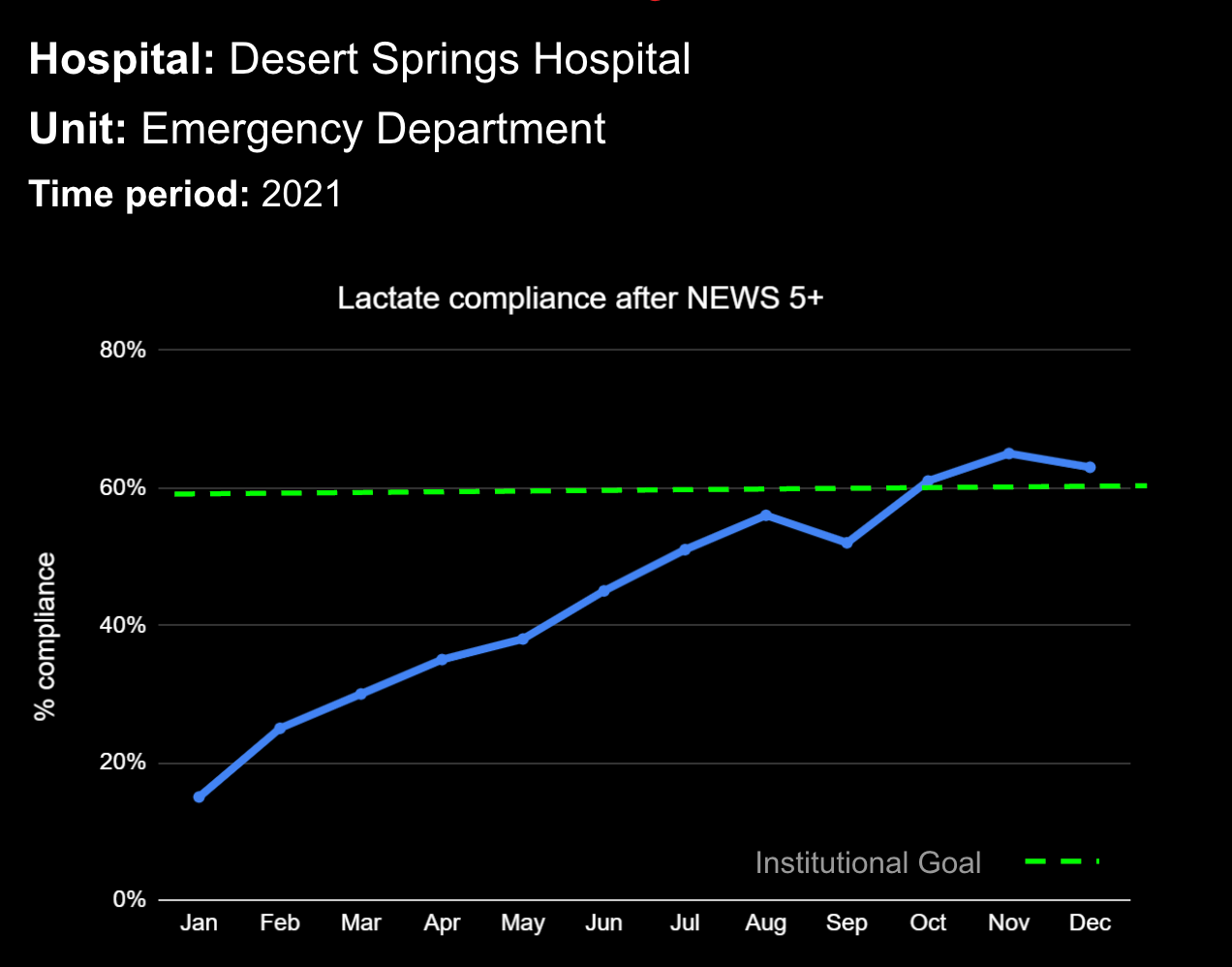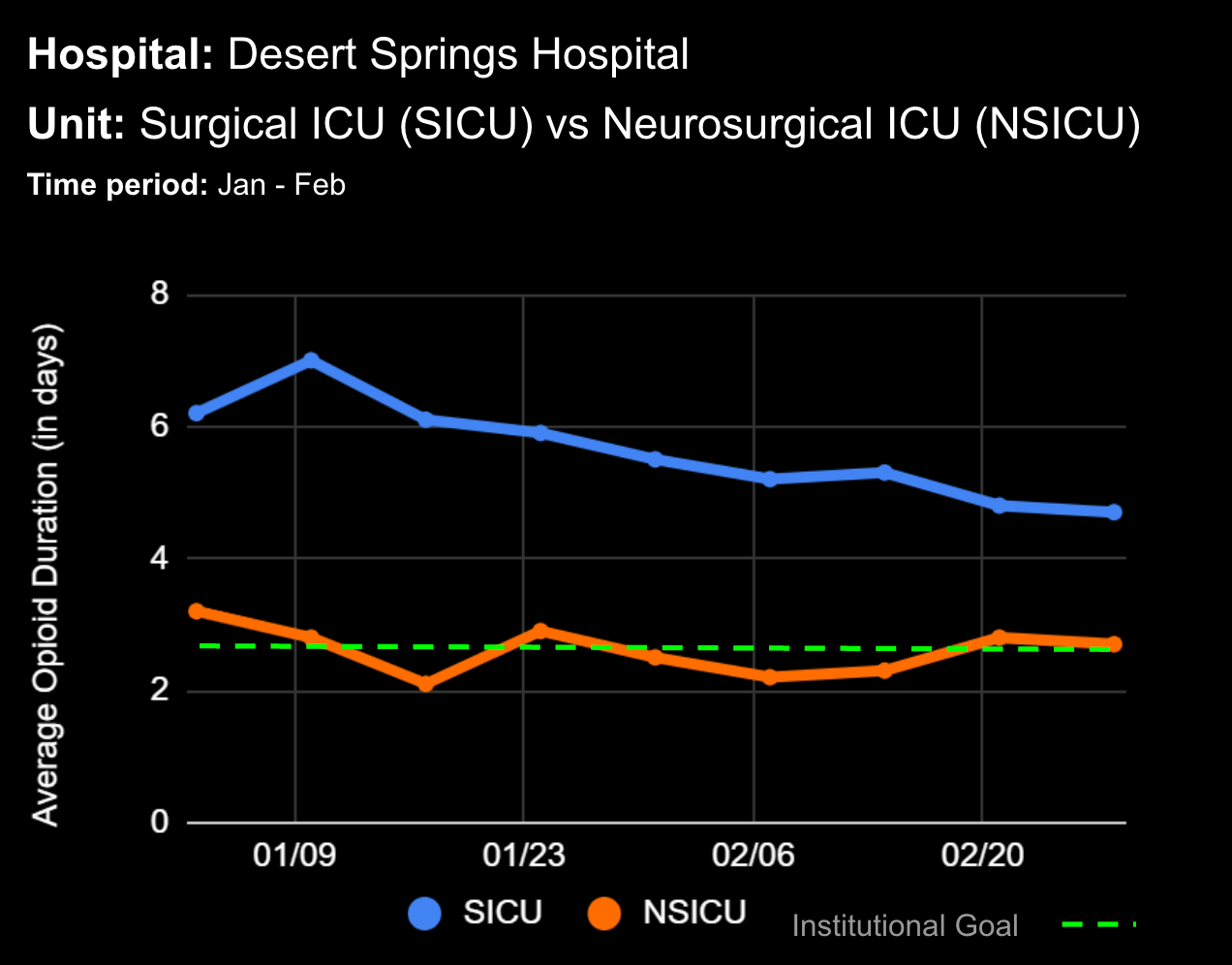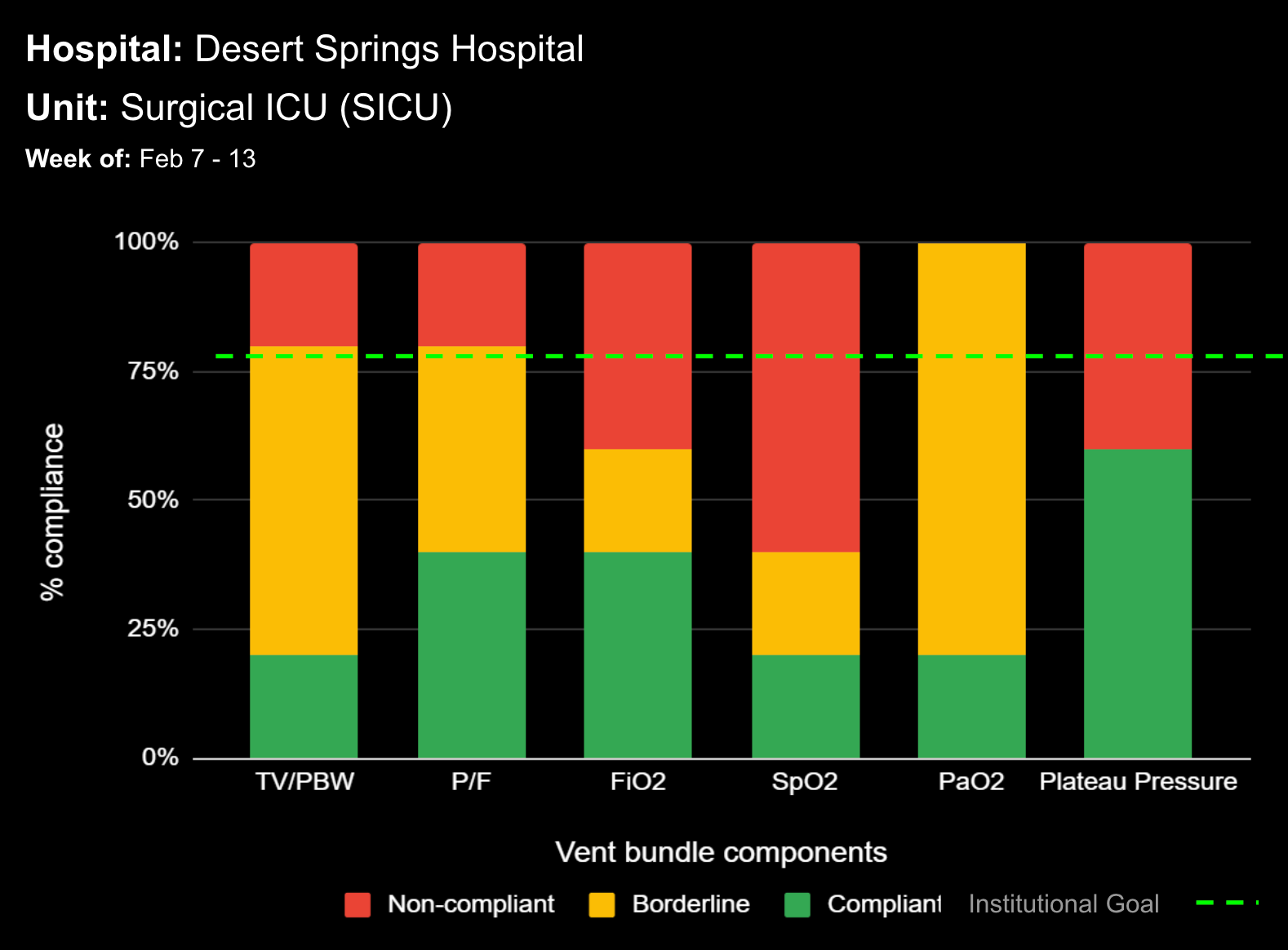
03 Oct Using Clinical Technology to Combat Opioid Addiction

Using Clinical Technology to Combat Opioid Addiction
In the United States, over 80,000 people die from opioid overdoses each year; this is an exponential increase from the 20,000 opioid-related deaths reported in 2010.1 It is estimated that more than 2.1 million people had an opioid use disorder as of 2017, and that number is expected to grow.2 Even more concerning, opioid-related deaths and opioid use disorders are estimated to cost the US over $1.2 trillion.2 Almost $35 billion of costs are related to healthcare and opioid disorder treatment every year.2 Thus, in addition to treating opioid addiction, prevention of opioid misuse has become a focus of public health.
Hospitals are at the forefront of this battle against opioid addiction. For many people with substance abuse disorders, their first use of an opioid occurs in a hospital or clinical setting. Opioids are initially prescribed to assist with pain from an injury or other medical condition. Initially, high doses of opioids may be necessary due to critical pain; however, the reduction of pain medication may not occur in an effective manner or at all. Further, many physicians who prescribe opioids for the initial injury are not pain management specialists, and they may not be aware of multimodal pain management strategies.3 To prevent the overuse of opioids, some hospitals are turning to clinical decision support (CDS) systems and have reported successful outcomes.4
The advanced software in CDS systems integrates evidence-based guidance and real-time clinical data to advise the clinical team on the optimal use of pain medications. An effective CDS system presents the recommended dosages, duration, and pain medication combinations for a patient’s specific conditions.5 Long-term complications and unsafe drug interactions can be avoided by monitoring pain medication and following the CDS guidance. In most cases, a multimodal pain management plan is needed to successfully manage pain levels. Dr. Kevin Wise of the Mayo Clinic defines multimodal pain management as “using medication from different drug classes to control pain effectively in order to use fewer or no opioids.”6 Using combinations of non-opioid medications can have a synergistic effect and adequately address the pain. Dr. Wise showed that multimodal pain management in trauma patients was effective at controlling pain and resulted in decreased opioid usage.7
The CDS can also identify patients at a high risk of addiction by reviewing the patient’s medical history for certain factors and promoting medications to reverse opioid effects when recommended. Reviews of electronic medical records can identify patients with receipt of opioids in the medical history or with drug substance abuse risk factors.3 When a CDS is connected to a prescription monitoring program, the hospital can access the patient’s opioid prescription history. This can identify potential misuse and help prevent “doctor shopping,” a practice where patients seek doctors who overprescribe opioids.
In certain cases, opioid medications are the best option. In those situations, the CDS can monitor the dosage and administration and improve compliance with the selected multimodal pain management plan. The software can auto calculate morphine milligram equivalents to determine the lowest effective dose. Alerts and reminders can notify healthcare providers when deviations occur, which can avoid overprescribing and misuse. In addition, with real-time monitoring alerts, healthcare teams know when a significant increase or extended opioid use occurs. With the CDS, providers can enact early intervention to prevent the escalation of tolerance, dependence, or addiction.
Patient education materials are available through most CDS programs. Patient-friendly education materials about opioids, their risks and proper usage can be directly downloaded whenever the medication is prescribed.
While the war on opioid addiction is ongoing, CDS can help hospitals win battles. By promoting evidence-based practices for multimodal pain management, the CDS system aims to improve immediate and long-term outcomes. The CDS systems are making significant strides in reducing the pain levels in the hospital and preventing opioid addiction; this combination improves patient safety overall. As hospitals continue integrating these tools into their workflows, the path toward a healthier, addiction-free society becomes clearer.
InsightIQ is an FDA-cleared, web-native software that uses continuous, smart bedside monitoring that empowers clinical teams to identify at-risk patients and efficiently comply with established clinical guidelines. The InsightIQ software can meet the needs of a wide range of hospital systems and departments to help your team optimize their pain management practices. The software experts at DECISIO will work alongside your clinicians and administrators to provide a framework for developing a unique CDS system for your institution. Learn more about InsightIQ and DECISIO’s suite of products at https://www.decisiohealth.com
References
1. Center for Disease Control. Opioids [Website]. Accessed September 8, 2023. Available at: https://www.cdc.gov/opioids/.
2. Florence C, Luo F, Rice K. The economic burden of opioid use disorder and fatal opioid overdose in the United States, 2017. Drug Alcohol Depend. 2021;218:108350. doi:10.1016/j.drugalcdep.2020.108350
3. Price-Haywood EG, Robinson W, Harden-Barrios J, Burton J, Burstain T. Intelligent clinical decision support to improve safe opioid management of chronic noncancer pain in primary care. Ochsner J. 2018;18(1):30-35.
4. Center for Disease Control. Health system success. Accessed September 8, 2023. Available at: https://www.cdc.gov/opioids/healthcare-admins/ehr/health-system-success.html
5. Center for Disease Control. Electronic clinical decision support tools: safer patient care for opioid prescribing. Accessed September 8, 2023. Available at: https://www.cdc.gov/opioids/healthcare-admins/ehr/index.html
6. Mayo Clinic. Multimodal pain management: a better approach to pain control. Accessed September 8, 2023. Available at: https://www.mayoclinic.org/medical-professionals/trauma/news/multimodal-pain-management-a-better-approach-to-pain-control/mac-20512738
7. Hamrick KL, Beyer CA, Lee JA, Cocanour CS, Duby JJ. Multimodal analgesia and opioid use in critically ill trauma patients. J Amer Coll Surg. 2019;228(5):769-775.
Learn more About How we help clinicians improve patient outcomes
Schedule a call with our team to discuss how we are helping our clients revolutionize how clinicians manage patient interventions.





